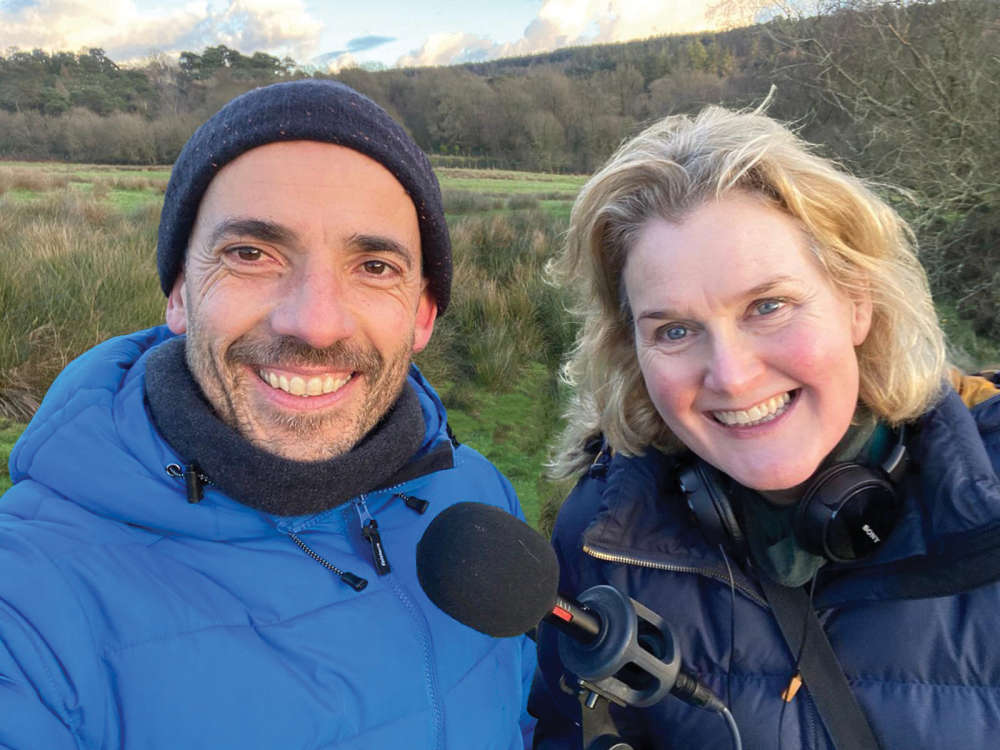
Audio Producer Eka Morgan and Wildlife Guide Tom Forward have pooled their expertise to create a podcast championing Ashdown Forest and springboarding conversations about nature. They talk to Sara Whatley
Ashdown Forest is 10 square miles of open public access land, unique in its landscape of lowland heathland and deciduous woodlands, which are home to many rare and threatened species. It has a rich history of royalty and industry, and is also a mecca for many people who enjoy walking and being in nature. “It’s the open spaces and the gushing ghyll streams for me,” said Eka Morgan, who I have come to talk to about her podcast with Wildlife Guide, Tom Forward: the Ashdown Forest podcast.
Audio Producer Eka sees life through ‘a prism of green eyes’ – she is deeply attuned to the natural world around her (she used to work for Friends of the Earth). She is also passionate about questioning children’s lack of freedom to roam outdoors. About 10 years ago she met Tom on one of his guided walks, and was drawn in by his unique ability to both be extremely knowledgeable and enthusiastic about his subject and also be a great communicator. “I wanted to bottle him up!” smiled Eka, as the three of us chat in her garden room at her home in Forest Row.
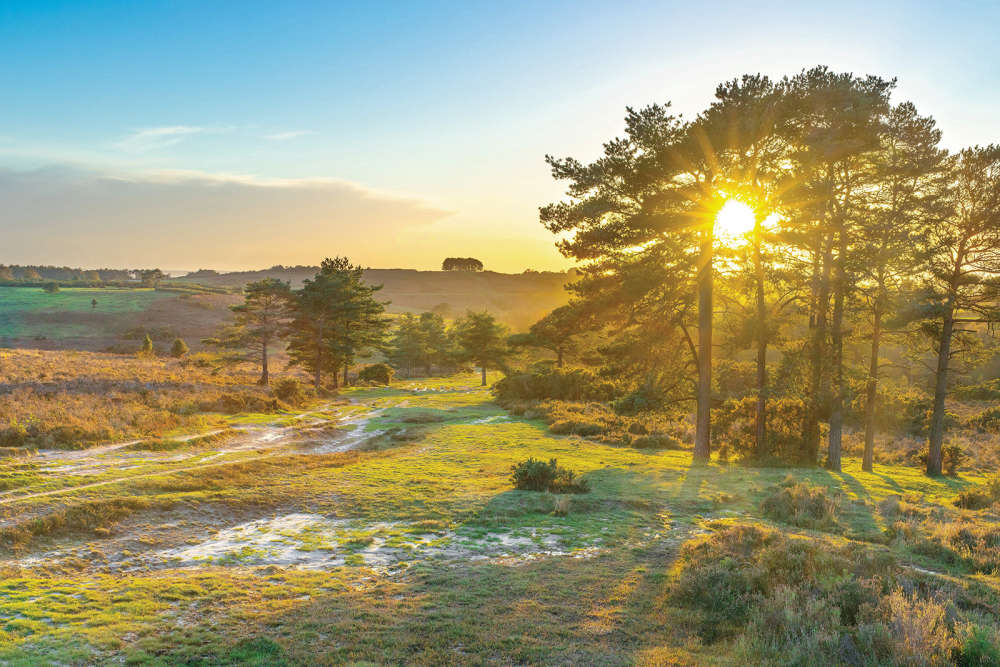
(image: Craig Payne)
Before escaping to Forest Row Eka lived in Oxford and worked for the BBC making radio programmes. “My sense of hearing seems to come before my other senses, even perhaps before sight,” she said. Not surprising then that she speaks four languages and is trying to learn birdcalls. “I had a sudden revelation why I couldn’t hold onto the calls,” she explained. “Communication is two way, so now when I hear a bird I reply in my head, and the call sticks.”
Bringing these three strands together – Ashdown Forest, Eka, and Tom – is the Ashdown Forest podcast. “I approached Tom when I first had the idea, and he was keen,” said Eka. The podcast is a catalyst for conversations about nature, and in every episode Eka interviews both high profile advocates for nature, as well as musicians, artists, and locals. “We started with Caroline Lucas, which set the precedent,” said Eka. Bookending these interviews Tom and Eka go on a dawn and dusk walk, with Tom pointing out all the natural phenomena bubbling up around them. “That is essentially what I do,” laughed Tom. “I take people for walks and talk about the nature that we find.”
He is being modest. Tom grew up in Forest Row so had Ashdown Forest as his back garden to roam in, build dens and follow his early passion
for the natural world. He knew he wanted to be a conservationist so took the usual route of university and lots of volunteering. “When I was in
India teaching a group of kids I had a penny drop moment. The realisation that this is what I want to do, but back in Sussex, the place I love and where I belong,” he said.
Tom has brought his passion, his career and his family all together under one canopy – that of Ashdown Forest. He also works a little further afield as a Freelance Ecologist (he had just come back from a 4am start undertaking a bird count survey), as a Wildlife Guide at various places, and back in Ashdown Forest, as an Outdoor Educator for children. He is also an astonishing birdcall mimic, but mimicry is something he has always done; he once got a herd of cows stampeding on his way back from school by copying their sounds.
“I have a compulsive urge to copy. It began on the Forest; I heard this ‘tsss’ call, I did it and suddenly I was surrounded by a family of reed buntings. This morning I got a grey wagtail to come right over my head, which I’ve never done before. I only saw five birds, but I recorded 40, only on their sounds, so it’s a fundamental tool to my work. “Having your ears open, particularly to birds, completely transforms your relationship with the natural world around you,” explained Tom.
He can now multitask his listening – be doing something else but still be aware of all the birds that surround him. “The tendency these days is to stick massive headphones on and go blundering about,” he laughed. But it’s so true. In our quest for constant entertainment and information, we have forgotten to listen to the world around us.

(image: Craig Payne)
When Eka first moved to this area she walked all the 10 mapped walks (available from the website) to fully discover the different areas of Ashdown Forest and fell in love with the place – physically and mentally. The timing of this podcast, she said, came about because she could see the Forest was suffering. Funding is low, footfall is high, and people’s disconnect with nature is worrying.
For Tom, he equally felt the desire to draw attention to and be an advocate for the rare and precious landscape that is Ashdown Forest, and to highlight the biodiversity we still have. And for both of them it’s been a journey of rediscovering the Forest. “My relationship with the Forest has grown in a big way,” said Tom. He talked about shifting baseline syndrome, which is where our perception of nature declines with each generation without us noticing – what we see as abundant nature our parents will see as degraded, and what our children see as ‘normal’ nature will be seen by us as poor.
This can also be measured aurally, Eka explained, as the natural soundscape will diminish over time too. There are many things that Eka
is a campaigner for, harking back to her Friends of the Earth days; leaving children to their own devices, in the original sense of the word, so they get bored and their imagination and drive kicks in, rather than them being constantly entertained by their electronic devices. “You do have to be a helicopter parent to get them off their default mode of screen,” said Eka. “It’s lots of hate me now, thank
me later. Benign neglect worked in my childhood, but it doesn’t work now.”
Roaming is another hobbyhorse for Roaming is another hobbyhorse for Eka, and no, not the roaming charge on your mobile phone while you are abroad, but the aimless meander one can enjoy, especially over wild areas. “Roaming distances for 8-year- olds in the 1920s were up to
6 miles, and now you’re lucky if it’s 6 inches off the sofa,” she said. “The two reasons people don’t roam are traffic, which is totally legitimate but probably surmountable, and stranger danger, of which there is no apparent increase over the last 100 years, but there is certainly stranger danger present online.
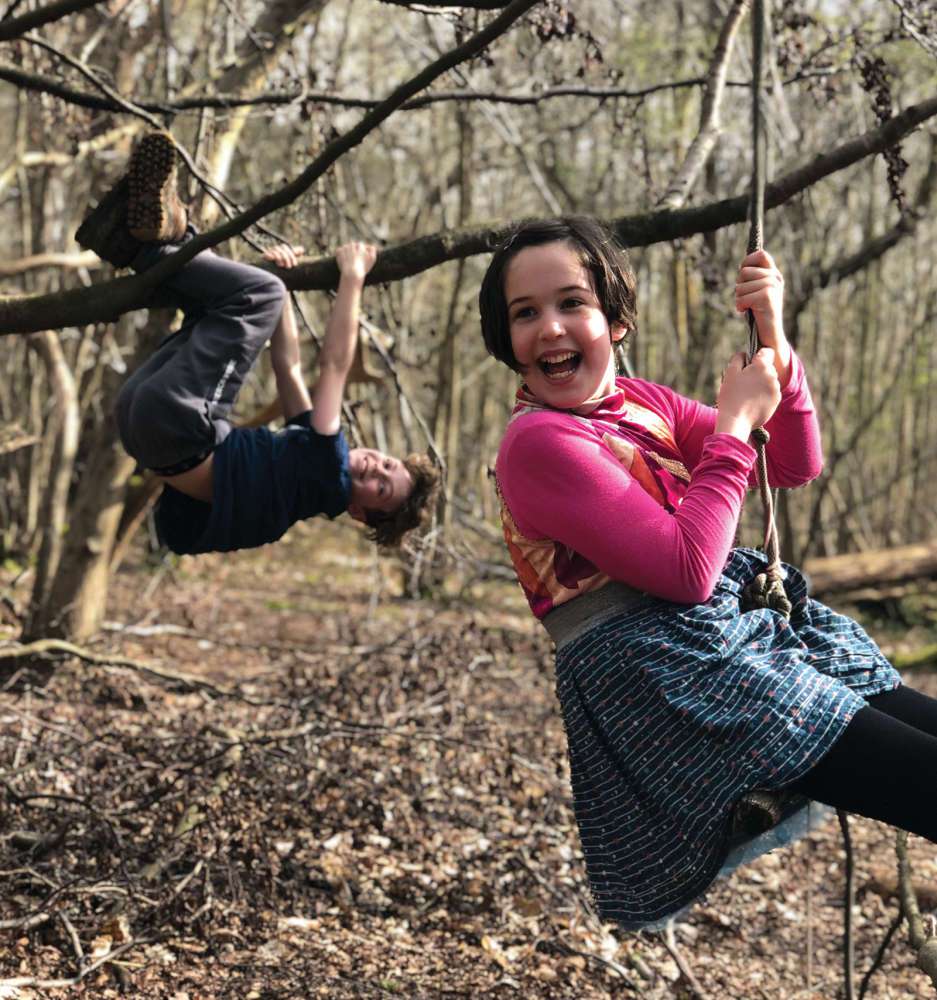
Their latest episode is entitled ‘Childhood & Nature’ and in it, on their dusk walk, Tom and Eka are joined by three young people who playfully explore using a thermal imaging camera and a UV torch, which shows them other-worldly biofluorescence (the absorption and re-emission of light from living organisms, absorbed as one colour and re-emitted as a different colour). They discovered glowing red moss and luminous yellow pine resin; very unexpected in the dark and quiet of the Forest. “Tom and I always say you never regret getting up at dawn, the day belongs to you if you get up at dawn,” said Eka. “And if you see the sun set you feel much more of a sense of belonging, I would say.” With these wise words ringing in my ears I leave Eka and Tom to marvel over the red damselflies flitting around her pond – true nature lovers indeed.
The podcast is available online: www.ashdownforest.org/podcast and on all podcast platforms.
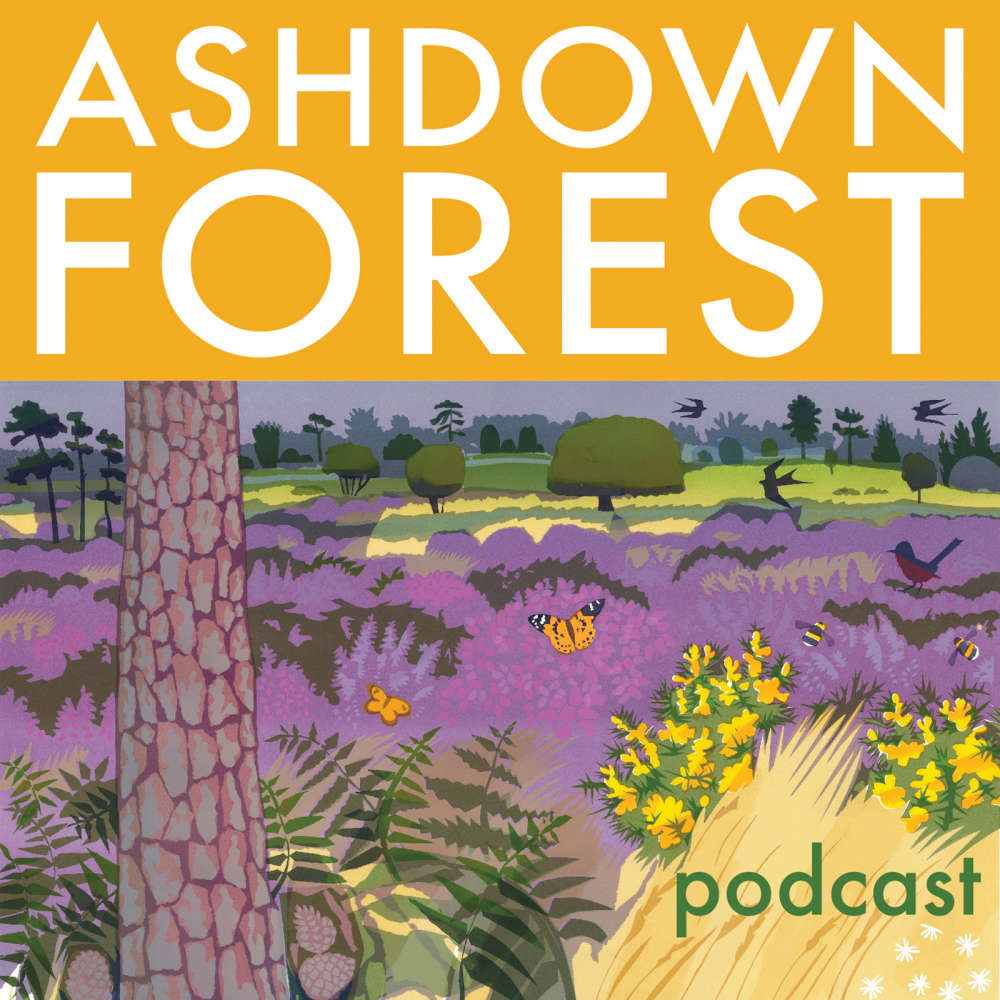

 Home Style: Colourful New Life
Home Style: Colourful New Life
 Money Matters: Release Reality
Money Matters: Release Reality
 World Listening Day 2024: Learning to Listen to our Environment
World Listening Day 2024: Learning to Listen to our Environment
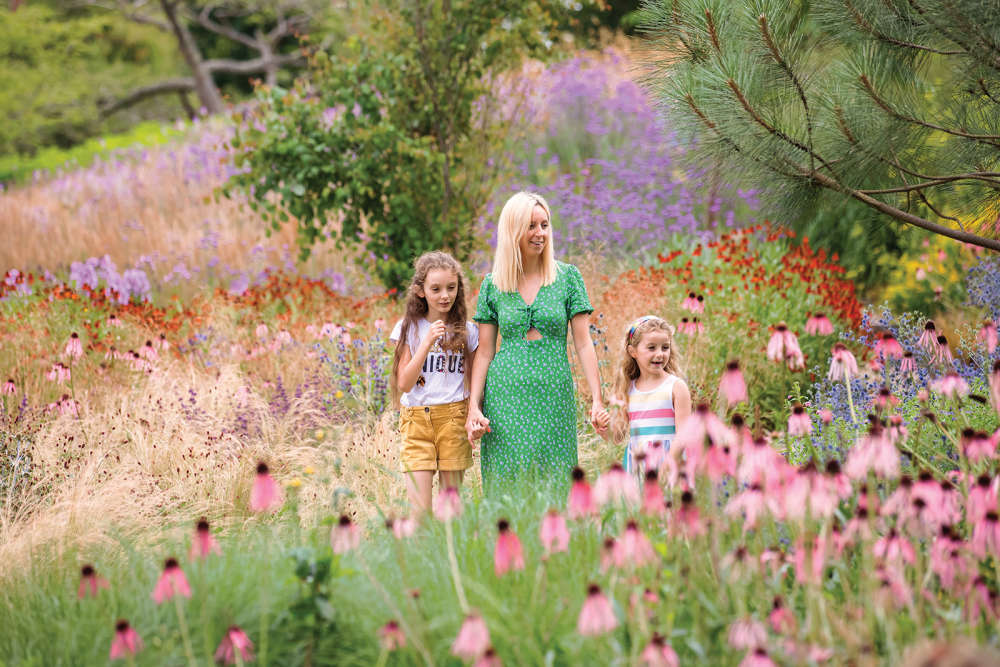 Spotlight Events: What's On in July 2024
Spotlight Events: What's On in July 2024
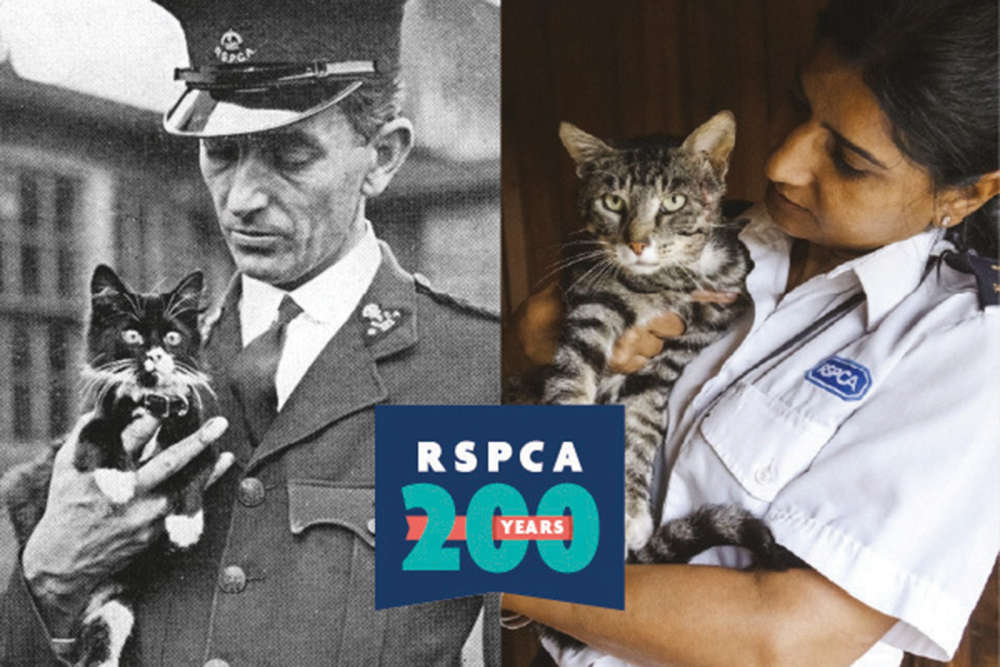 RSPCA Celebrates 200 Years
RSPCA Celebrates 200 Years
 Be Well, Move Happy: Learning a New Skill and Water Sports
Be Well, Move Happy: Learning a New Skill and Water Sports
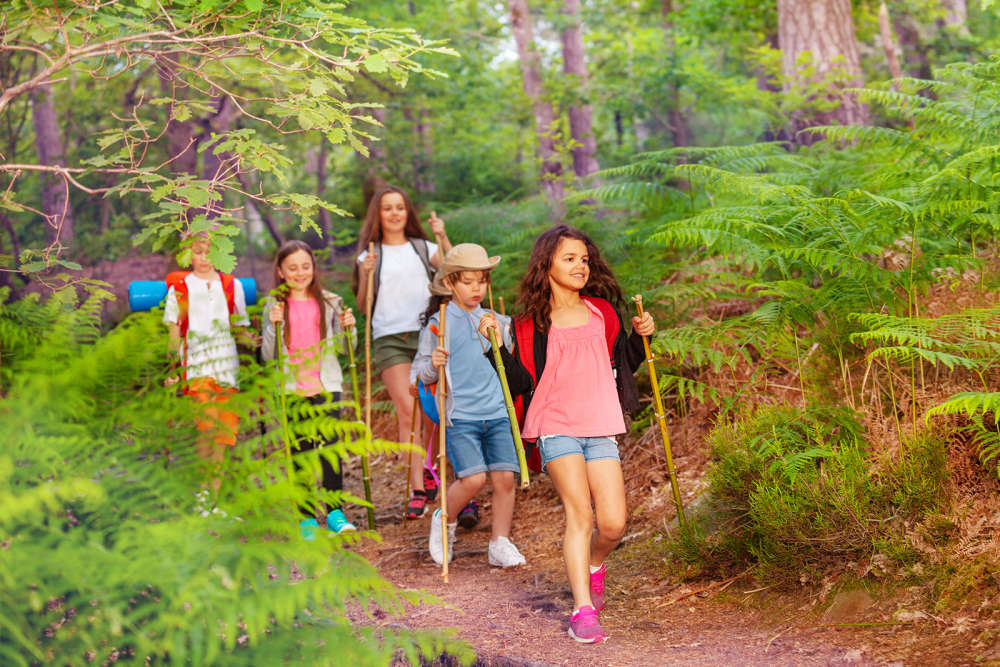 10 Ideas for a Screen-Free Summer
10 Ideas for a Screen-Free Summer
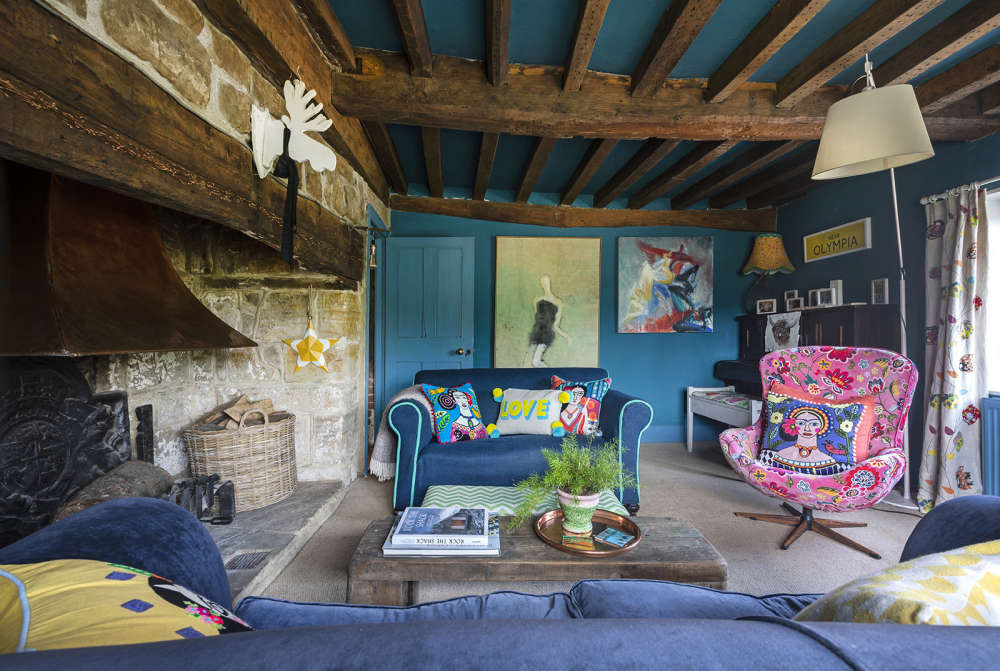 Home Style: Bold Type
Home Style: Bold Type
 What to Watch in July 2024
What to Watch in July 2024
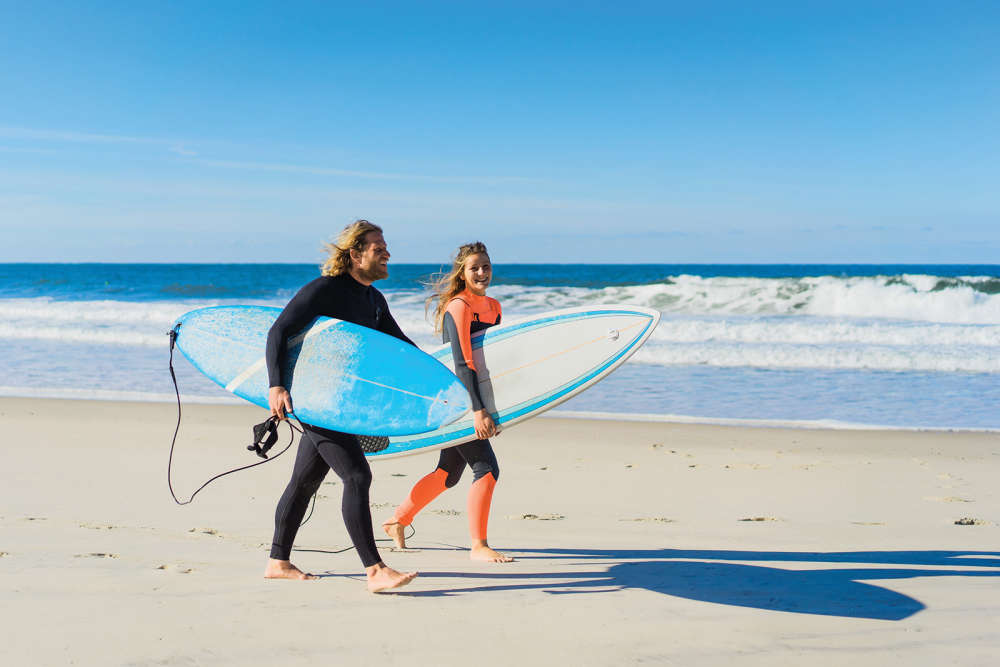 The Exciting Appeal of the Beach Holiday
The Exciting Appeal of the Beach Holiday
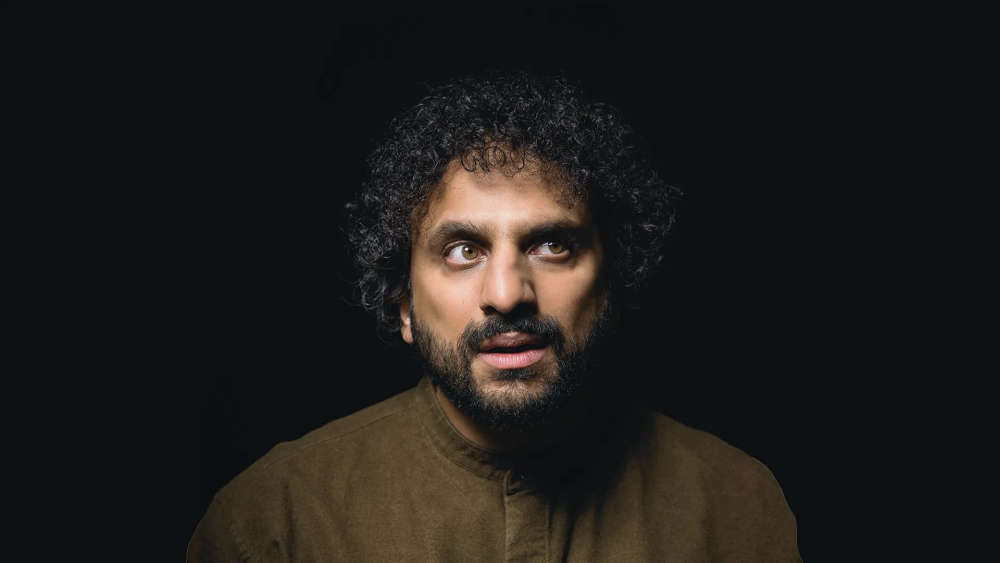 "I quite like to end up with a setlist that involves a catalogue of human misery..." Nish Kumar on his return to stand-up comedy
"I quite like to end up with a setlist that involves a catalogue of human misery..." Nish Kumar on his return to stand-up comedy
 Money Matters: The Revenue Generation
Money Matters: The Revenue Generation
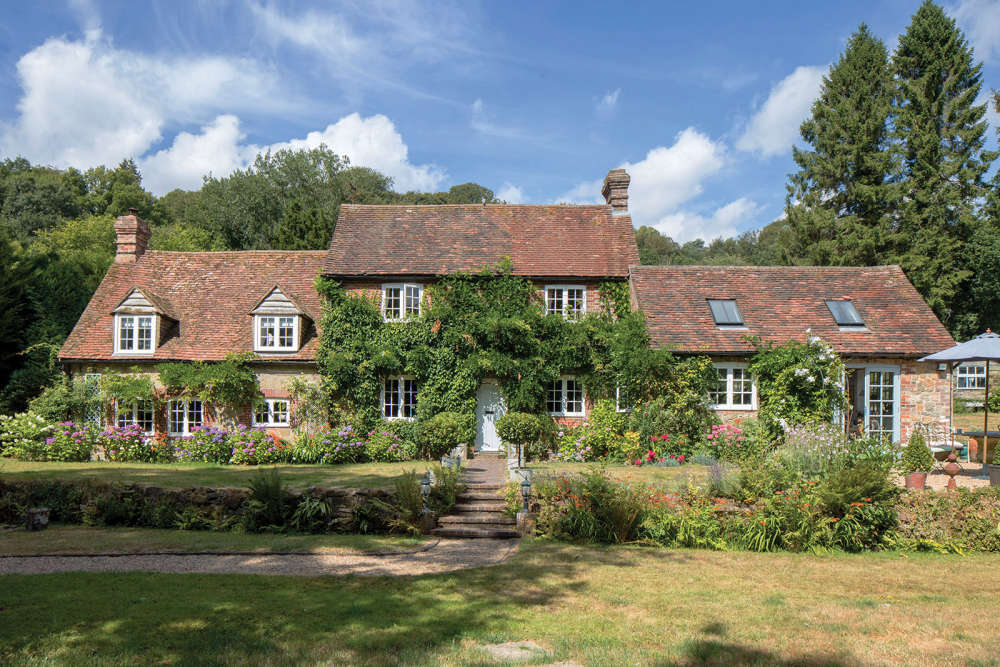 Home Style: A Better Way of Life
Home Style: A Better Way of Life
 Weddings: The Food of Love
Weddings: The Food of Love
 Vino, Vidi, Vici: The Vineyards, Breweries & Distilleries of Sussex
Vino, Vidi, Vici: The Vineyards, Breweries & Distilleries of Sussex
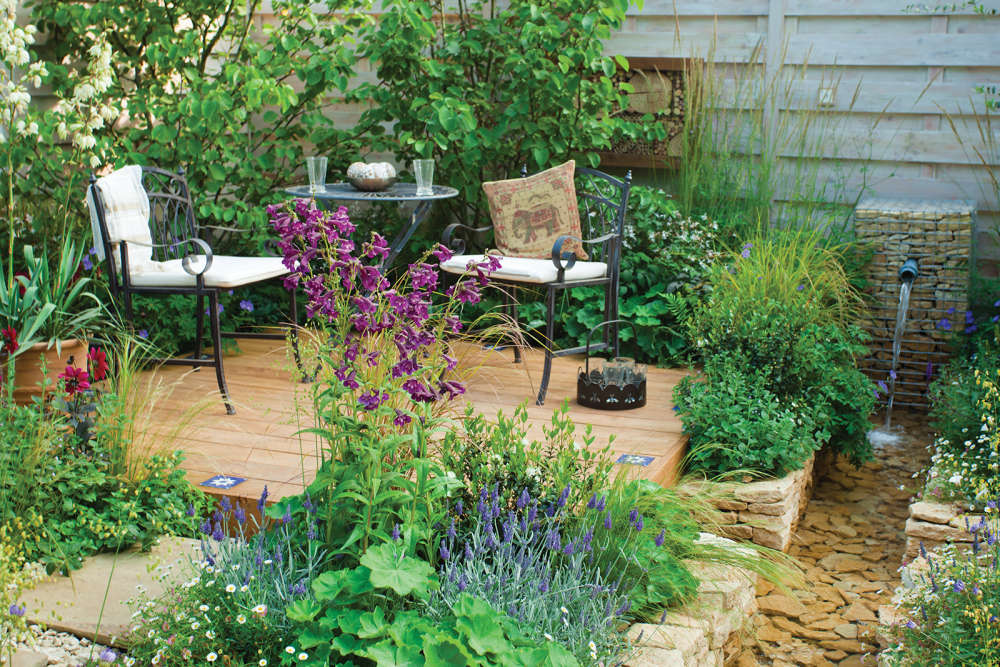 Homes Extra: Digging a Design
Homes Extra: Digging a Design
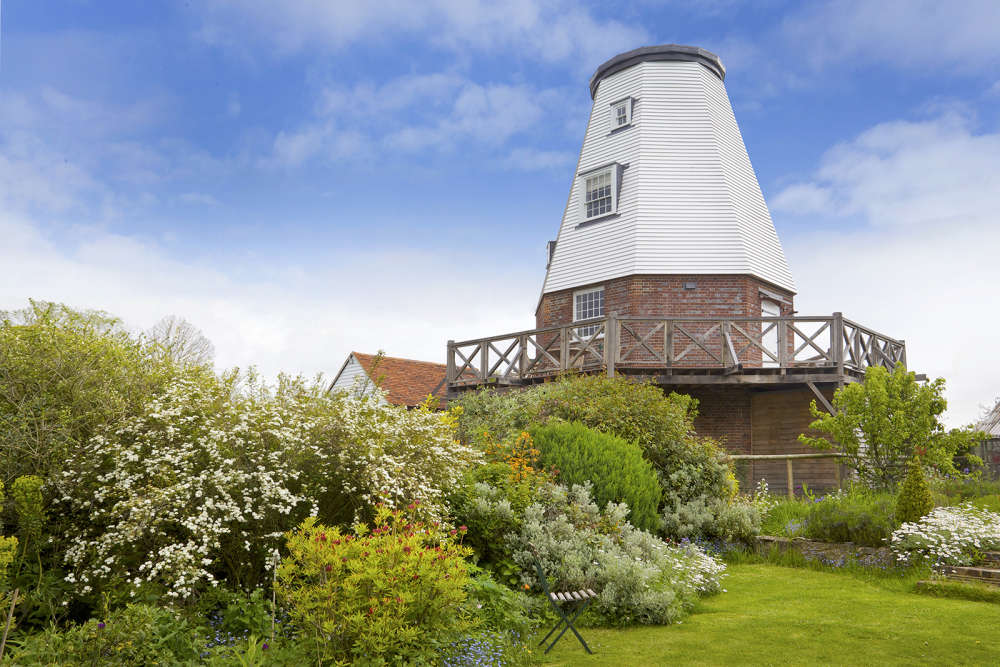 Home Style: Tales from the Mill
Home Style: Tales from the Mill
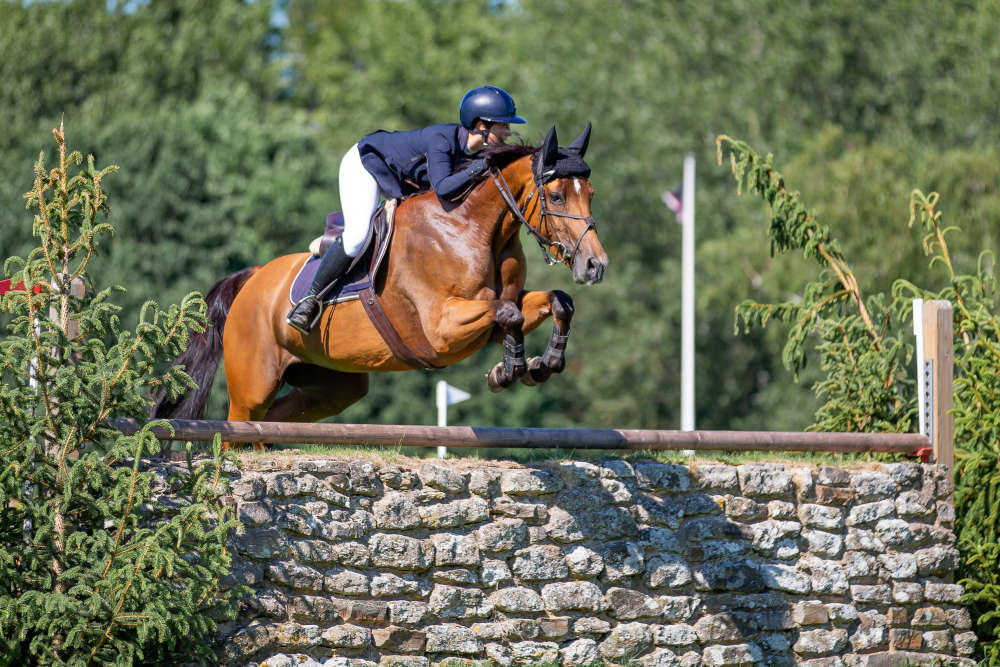 SPECIAL OFFER: General Admission Tickets To The Al Shira’aa Hickstead Derby Meeting
SPECIAL OFFER: General Admission Tickets To The Al Shira’aa Hickstead Derby Meeting
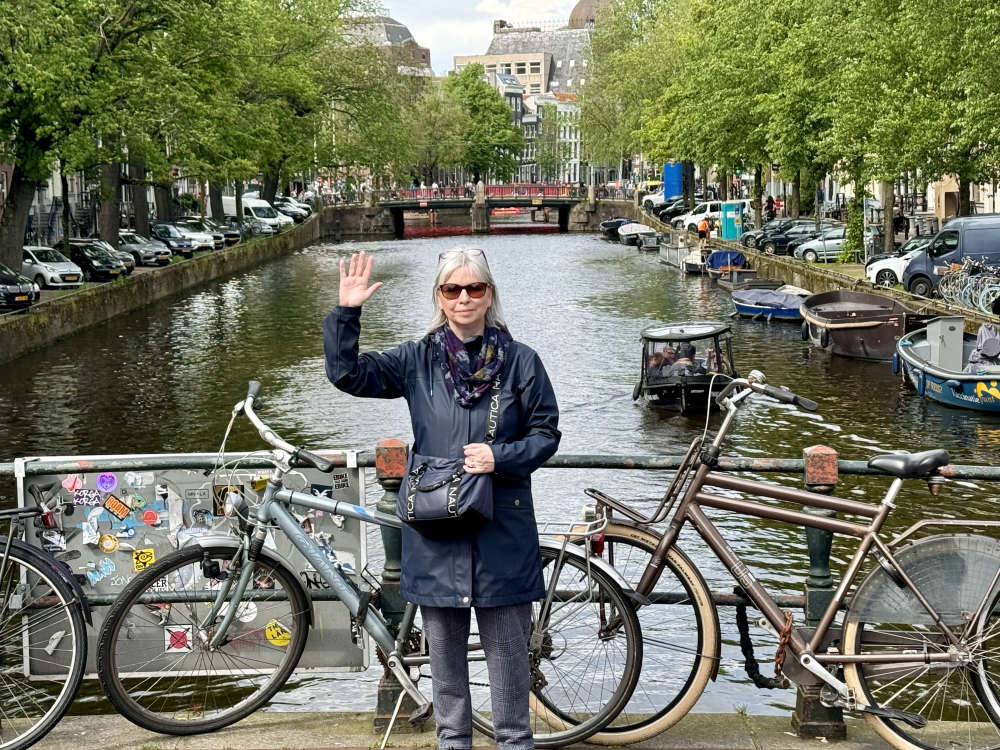 A Gourmet Escape on the Eurostar: London to Amsterdam with Culinary Delights in Almere
A Gourmet Escape on the Eurostar: London to Amsterdam with Culinary Delights in Almere
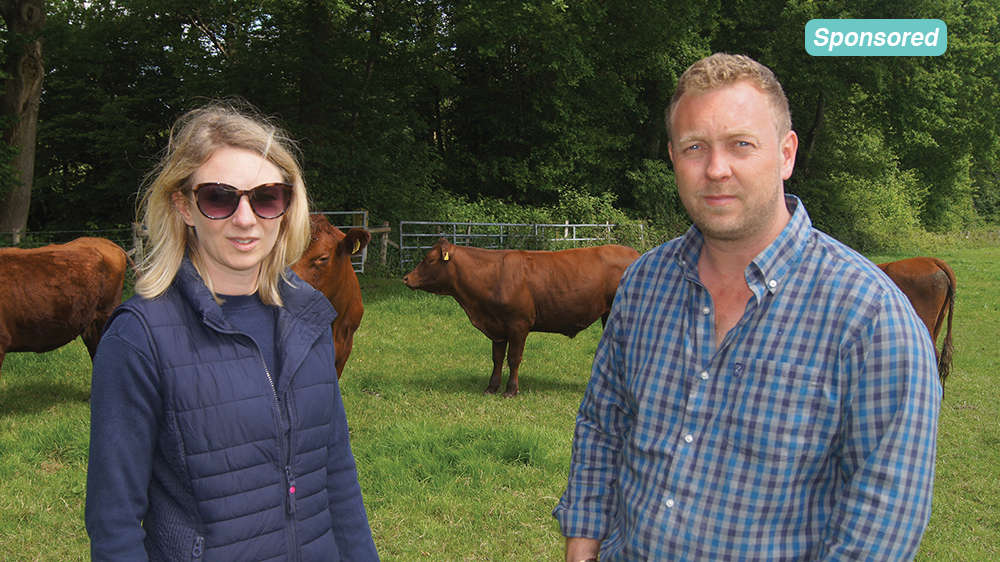 A Little Slice of Heaven
A Little Slice of Heaven